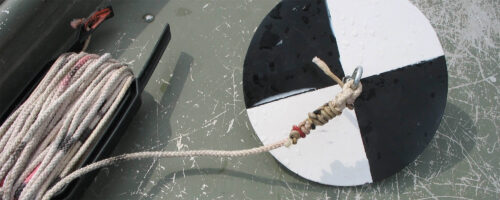Tag: aquatic plants
Categories
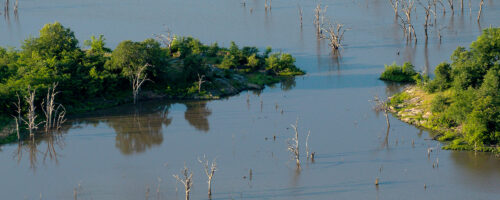
Regenerative Ranching Runs Downstream
Estimated reading time: 8 minutes
Land management decisions have consequences – both good and bad – for your ranch’s watershed and th...
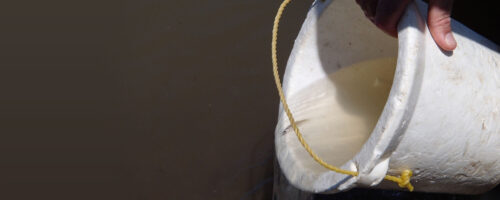
Think Before Putting Fish, Plants, Water and More in a Pond
Estimated reading time: 4 minutes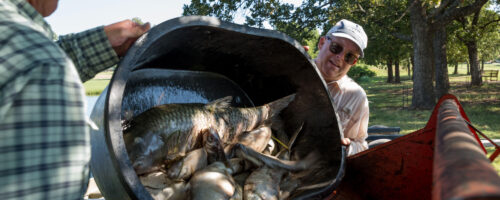
Dead Fish in Summer? Low Dissolved Oxygen Is Usually the Culprit
Estimated reading time: 4 minutes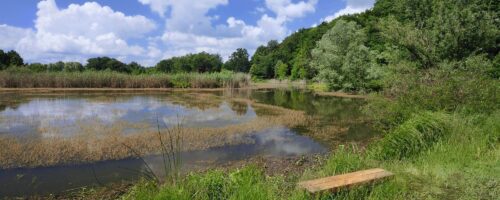
Wetlands provide ecological and economic benefits
Estimated reading time: 3 minutesLotus: Is it Friend or Foe?
Estimated reading time: 3 minutes